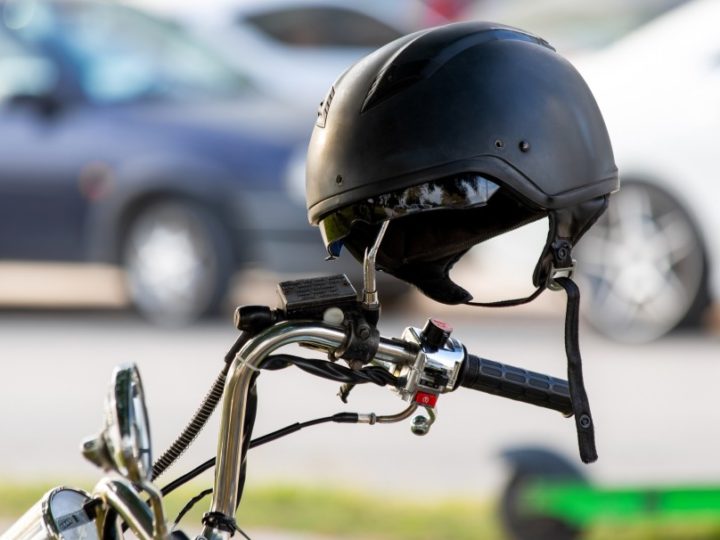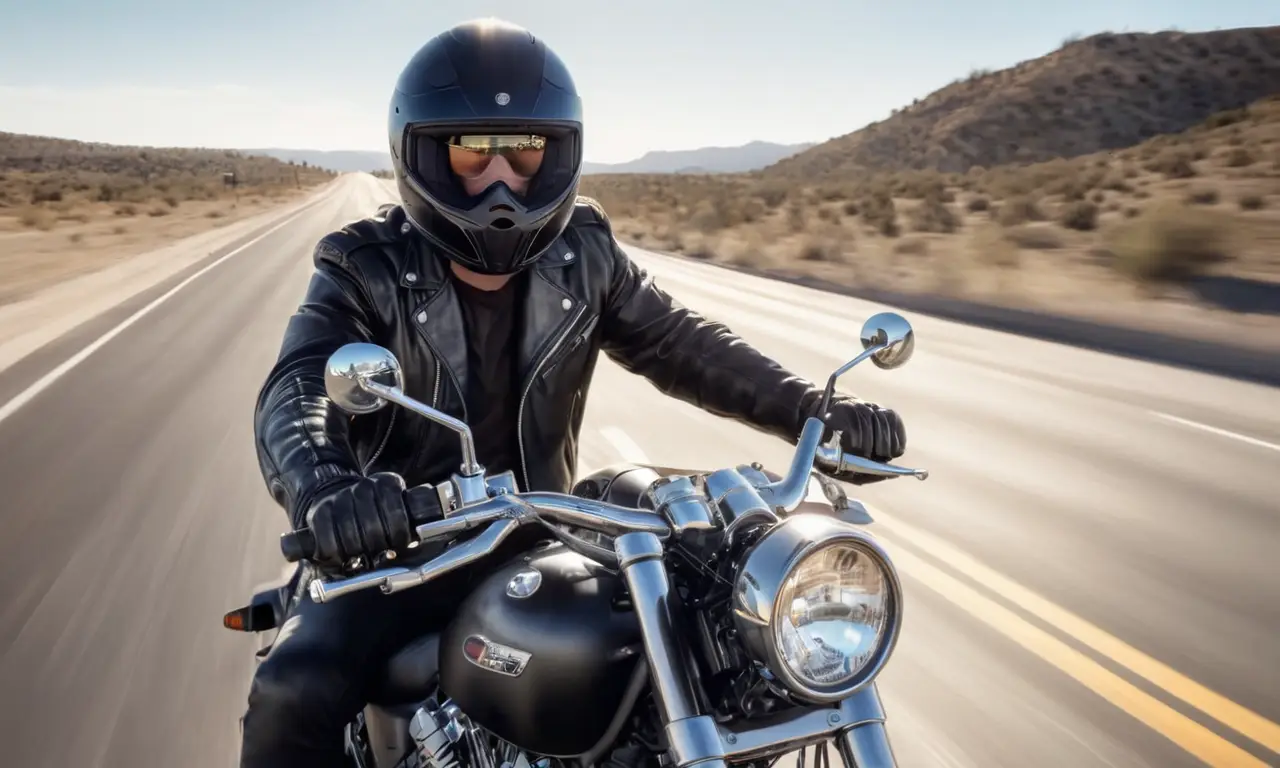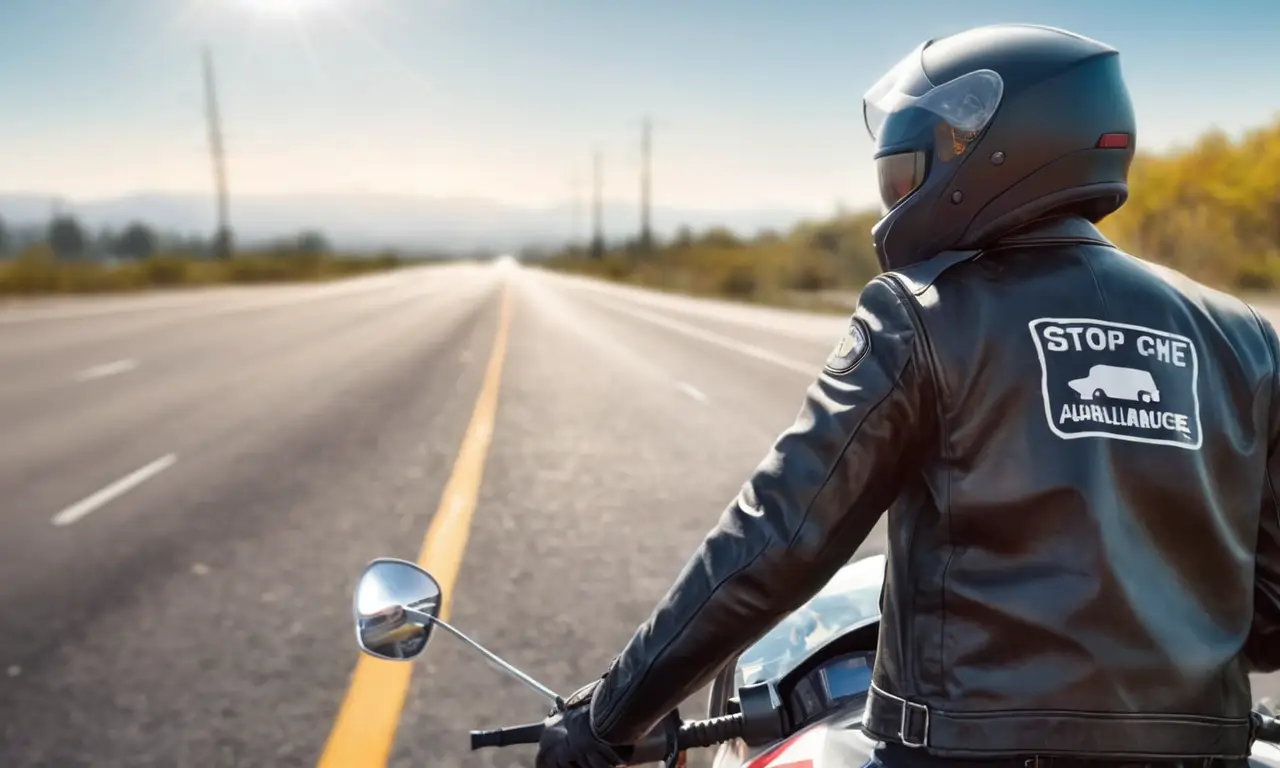
Motorcycles offer a unique and exhilarating riding experience, but they also present inherent risks compared to enclosed vehicles like cars. One common question that arises is why motorcycles don’t have seatbelts, a safety feature ubiquitous in automobiles. This article delves into the reasons behind this design choice, exploring the interplay between motorcycle safety, open design, rider freedom, and the specific dangers associated with motorcycle riding.
This article will examine the rationale behind the absence of seatbelts on motorcycles, focusing on the inherent risks involved in riding and the impact of an open design. We’ll also discuss the concept of rider freedom and agility, highlighting how these factors contribute to the decision not to incorporate standard seatbelts.
Motorcycle Safety
Motorcycle safety is paramount, but it differs significantly from car safety due to the fundamental nature of motorcycle operation. While cars offer a protective shell around occupants, motorcycles expose riders directly to the environment. This vulnerability necessitates a different approach to safety measures, emphasizing rider training, protective gear, and responsible riding practices.
Motorcycles rely heavily on rider skill and awareness to navigate roads safely. Training programs play a crucial role in equipping riders with the knowledge and techniques necessary to handle various road conditions and potential hazards. Protective gear, including helmets, jackets, gloves, and boots, is essential for mitigating injuries in case of an accident.
Furthermore, responsible riding practices, such as maintaining a safe following distance, adhering to speed limits, and avoiding distractions, are crucial for minimizing risks on the road.
Seatbelts on Motorcycles

Unlike cars, motorcycles typically do not have seatbelts as standard equipment. This absence stems from the unique design and operational characteristics of motorcycles, which prioritize rider freedom of movement and agility over the enclosed protection offered by seatbelts in cars.
While some specialized motorcycles may offer optional safety harnesses, these are not widely adopted due to potential limitations on rider mobility and comfort during normal riding conditions. The open nature of motorcycle design allows for a greater range of motion, enabling riders to maneuver effectively and respond quickly to changing road situations.
Open Design of Motorcycles
The open design of motorcycles is a defining characteristic that sets them apart from enclosed vehicles like cars. This design philosophy prioritizes rider exposure to the environment, allowing for a more visceral and connected riding experience.
The absence of a rigid cabin structure allows for greater freedom of movement, enabling riders to lean into turns, shift their weight effectively, and maintain balance with ease. The open design also promotes airflow, keeping riders cooler during extended rides.
However, this openness comes at the cost of reduced protection in case of an accident.
Risks of Motorcycle Riding

Motorcycle riding inherently carries a higher level of risk compared to driving a car. This increased risk stems from several factors, including the lack of protective enclosure, the vulnerability of riders to impact forces, and the potential for loss of control during maneuvers.
One significant risk is the potential for severe injuries in case of an accident. Without the protection offered by a car’s structure, riders are more exposed to direct impact with other vehicles, road surfaces, or objects. Furthermore, motorcycles have a lower center of gravity than cars, making them more susceptible to tipping over during sudden maneuvers or uneven road conditions.
Rider Freedom and Agility
A key aspect of motorcycle riding is the sense of freedom and agility it provides. The open design and lack of seatbelts contribute to this feeling by allowing riders to move freely and respond intuitively to their surroundings.
This freedom of movement enables riders to lean into turns, shift their weight effortlessly, and navigate tight spaces with precision. The absence of a confining seatbelt allows for a more natural riding posture, enhancing comfort and control during extended rides.
Conclusion
While the absence of do motorcycles have seatbelts on most models may seem counterintuitive at first glance, it is a deliberate design choice rooted in the unique nature of motorcycle riding. The open design prioritizes rider freedom of movement and agility, which are essential for navigating roads safely and enjoying the exhilarating experience that motorcycles offer. However, this increased freedom comes with inherent risks, emphasizing the importance of rider training, protective gear, and responsible riding practices to mitigate potential dangers.
